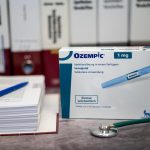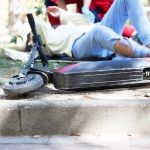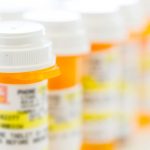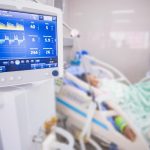
Ableism, or prejudice against people with disabilities, is an established problem in general healthcare. Now, a small study shows those same issues persist in mental healthcare. Sometimes, the barriers to care are physical, such as inaccessible entrances or a lack of reliable transit. Other times, the hurdles are informational, such as hard-to-use online patient portals. “Participants identified ableism as a major concern when they talked about their experiences in seeking mental health services,” said study author Katie Wang, a social psychologist and associate professor at the Yale School of Public Health in New Haven, Conn. Some 25% of Americans live with disabilities, and many face greater mental health issues and are more likely to need counseling and medication. But are they getting that care? Maybe not. In the study, 20 disabled participants, who ranged in age from 22 to 67, had mobility problems (such as spinal cord injury), sight issues, chronic health conditions or a mixture of disabilities alongside mental health conditions. The researchers unearthed several recurring themes that exacerbated care for these folks: not understanding how much disability can harm mental health, not paying enough attention to the link between mental health and disability and unwittingly causing emotional pain during treatment. Researchers also found that being Black or transgender in addition to being disabled presented additional barriers to receiving care. “These individuals often struggle… read on > read on >


















